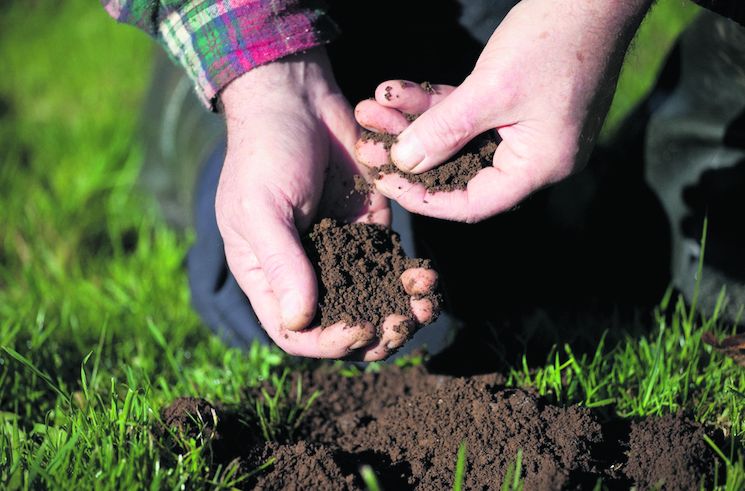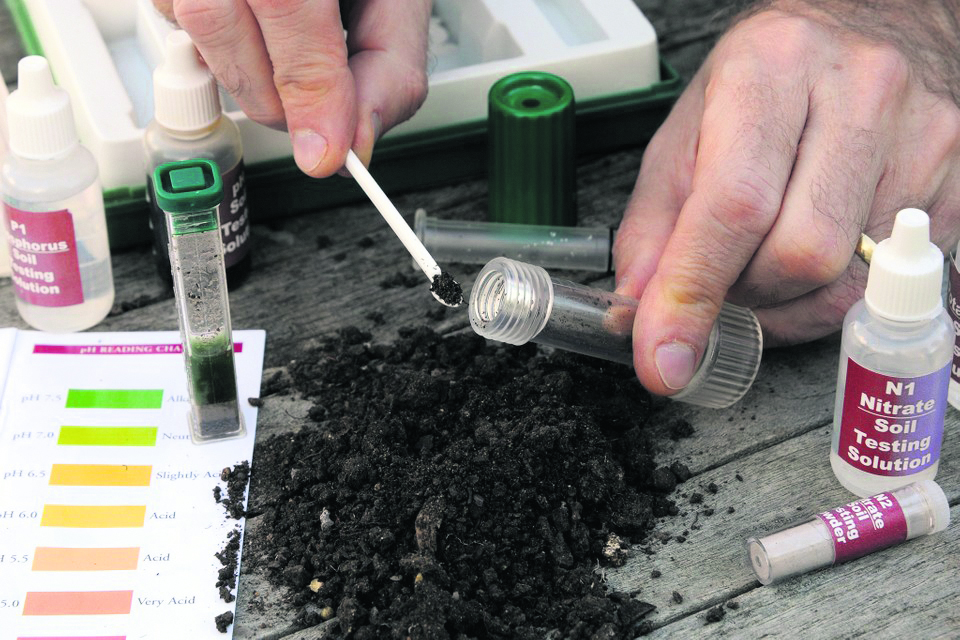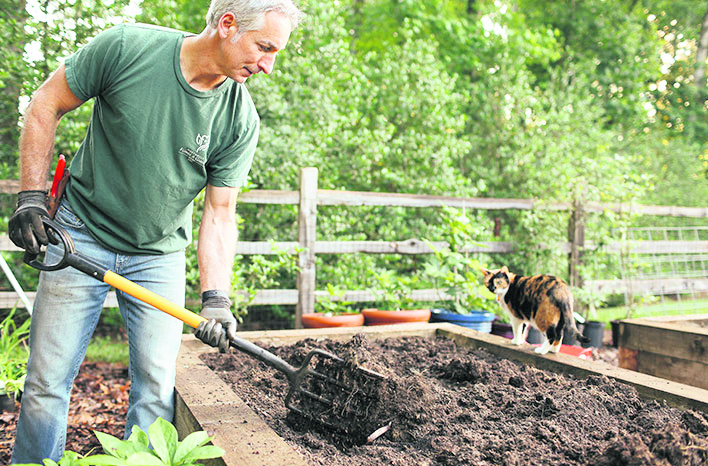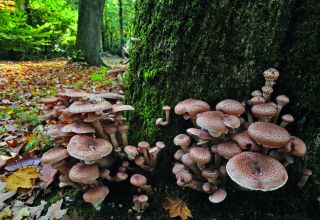
A recent survey by the RHS identified that up to 40 per cent of gardeners were unaware of the type of soil they were working with – a fact which makes it no surprise that there is a lot to do to get soil quality in spring improved.
Beginner gardeners could be forgiven for thinking that soil is just, well soil. That’s fair enough, as most soil does look similar. But dig beneath the surface and you’ll discover that soil can vary enormously in its structure, consistency, fertility and ability to hold onto moisture.
It has a huge impact on the kind of plants that you can raise, and it determines how well they grow. For example, plants usually romp away in fertile soil that’s in good shape, while those set in infertile soil tend to limp along before giving up the ghost.
What kind of soil
There are several ways of identifying your own soil. First, dig a hole as deep as the blade of your spade and examine your soil’s profile. The topsoil is the fertile soil in which most of your plant roots will grow. Ideally, the layer of topsoil should be a spit deep.
If not, bulk it up with rich compost. Next, grab a handful of soil, squeeze it into a ball and see how it responds. If it crumbles, your soil is sandy. If it’s almost impossible to break and makes your hand dirty, it’s clay. If it’s between the two, it’s loamy. Another key quality is soil pH. You can buy pH meters or litmus paper to check your own soil or try some local detective work.
If soil in your area is acidic, there will be rhododendrons, azaleas, camellias and blue hydrangeas.
If it’s alkaline, you should see a lot of poppies, and hydrangeas will be pink, not blue. You can still grow most vegetables in either case but just beware of certain preferences.
Improving soil
Improving the soil involves two aspects – firstly adding more nutrients and secondly adding humus (organic material like garden compost or manure) to improve the structure.
Adding organic material makes the soil airier and this aids root development and tends to improve drainage on heavy soil. Once the organic material breaks down, after a year or so, the process may need repeating.
The main consideration is your soil. Those on heavy clay may wish to follow the Great Dixter method of adding coarse grit to heavy clay to improve drainage.
Adding grit has the advantage of being permanent and clay is already a fertile medium. Once the digging is done it would then be possible to top dress with a sprinkling of a slow-release fertiliser like blood, fish and bone every March and September.
Clay soils are fertile, but heavy clay can become waterlogged in winter and dry rock solid in summer. It can be improved by digging in plenty of well-rotted manure and a few handfuls of grit, which will improve its drainage and enable it to hold onto moisture more effectively in summer, prevent it from turning to concrete.
Sandy soils benefit from having well-rotted manure or garden compost dug in. This bulks up the soil and enables it to hold onto nutrients and water more effectively, allowing it to reach the roots of plants. Digging the same materials into silty soil will help improve its structure and prevent it from compacting too easily.

Acidic or alkaline?
Gardeners often talk about soil acidity or pH. Very simply, soil acidity is recorded on a pH scale of 1 to 14. A pH of 7 indicates that the soil is neutral with scale points above this being alkaline and anything beneath it signalling that soil is acidic. Most plants prefer a pH of between 6.5 and 7. You can discover the pH of your soil with a testing kit.
How to keep your soil healthy
Soil requires a little bit of attention to keep it in good shape. If it’s regularly cultivated mulch it annually in autumn or spring with a 7.5cm (3in) layer of garden compost or well-rotted manure. As it breaks down, it will improve the fertility of the soil and encourage worms and microorganisms. Rain can literally ‘flush’ nutrients out of the ground, so after a wet winter work organic matter into the ground with a fork.
Choosing top soil
High in nutrients and organic matter, top soil is the uppermost layer of soil. It’s available to buy in bags or in bulk, and is useful if your soil is poor, exhausted or you have a space without any natural soil, such as a courtyard. There are three different grades – premium, general purpose and economy. The first is most expensive but best for new beds as it has been screened to remove weeds and stones.

Feeding your soil
Slow-release fertilisers are much better at releasing nutrients in the best way. Blood, fish and bone is generally the best and the powder is easy to spread.
There are water-based fertilisers that deliver a fast rush of nitrogen and which promote a lot of soft leaf. This soft growth is unattractive to look at and more prone to pests’ attack – it’s almost a gourmet meal for aphids. It could be used on brassicas, but isn’t suitable for strawberries in flower.
If you want to promote flower and fruit opt for a tomato feed or make your own comfrey tea.










